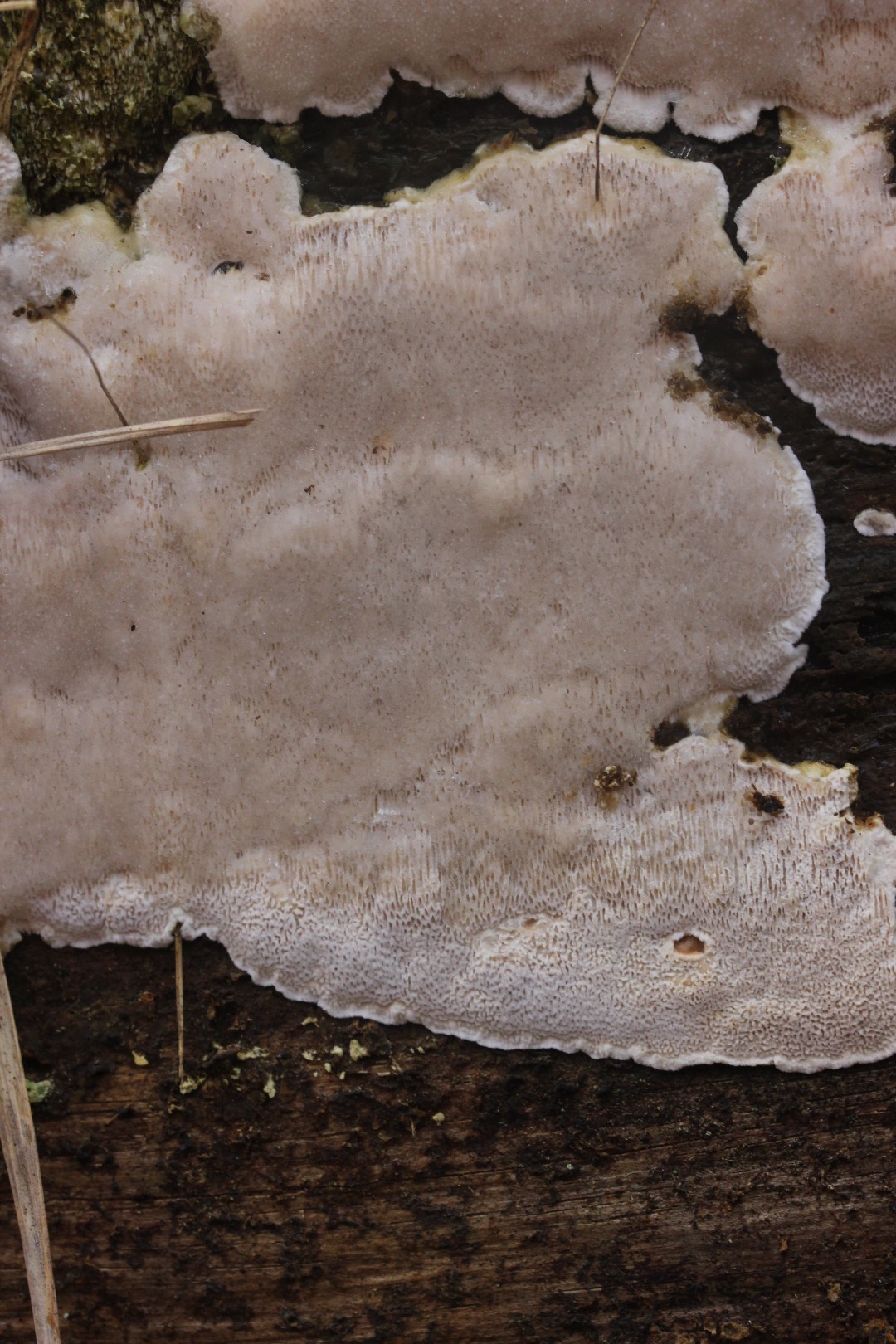Cinereomyces
Scientific name: Cinereomyces
Cinereomyces
Scientific name: Cinereomyces
 Photo By Björn S... , used under CC-BY-SA-2.0 /Cropped and compressed from original
Photo By Björn S... , used under CC-BY-SA-2.0 /Cropped and compressed from original Description
Cinereomyces are known for their role in breaking down wood, aiding in nutrient recycling within forest ecosystems. These fungi typically form small, crust-like structures on dead or decaying wood. They are often overlooked due to their inconspicuous appearance but play a crucial ecological role. One of the notable traits of cinereomyces species is their ability to decompose lignin, a complex molecule in wood, which helps in the decomposition process and maintains forest health.
Species of Cinereomyces
Scientific Classification
Phylum
Club fungi Class
Mushroom-forming fungi Order
Shelf fungi Family
Polyporaceae Genus
Cinereomyces